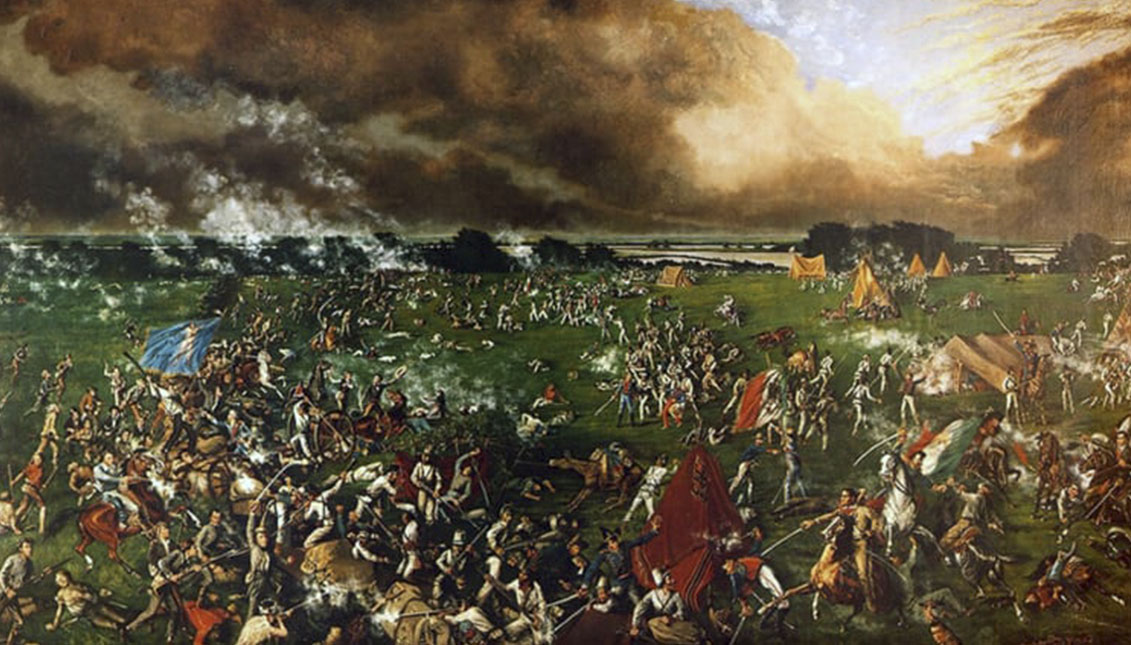
When immigration went South: A Memoir of the Independent Republic of Texas
Texas celebrates its Independence Day every March 2. Who were the protagonists of that revolution?
It is no secret that Texas is a state that considers itself special within the Union, with a strong tendency to go its own way and a proud view of its past that Texas students are taught in school - every morning, the state's schoolchildren sing the Texas anthem.
What surrounds the celebration of Texas independence on March 2 each year? What is remembered about that day? Who were the protagonists of that revolution? Why does this territory retain so much of its own personality? What happened during the 13 agonizing days of the siege of the Alamo?
Texas, formerly under Spanish rule, declared its independence in 1836. Mexico had seceded from the Spanish Monarchy much earlier, in 1821. Texas was populated by a wide variety of ethnicities and cultures: Mexicans and Americans alike had flocked to the territory, encouraged by the low price Spain had set for land.
Skirmishes with natives and between touchy and finicky settlers were still common.
In 1829, tensions began between the Texans and the central Mexican government. The Mexican central government banned slavery, and the northern state sought to undermine that measure.
Things took a turn for the worse in 1930, when the Mexican government banned Anglo immigration.
At that time, Texans began to think they might be better off as part of the United States. The government was aware of this groundswell of opinion, and reacted by granting more autonomy to Texas in 1834: it made English official, introduced trial by jury, and granted more Texan deputies in the central assembly.
But something unexpected happened: in April 1834, President Santa Anna abolished the Mexican constitution and invested himself with dictatorial powers.
This was the last straw: outraged by this legal involution, Texans openly defied the government. The revolution broke out in 1835, but reached its climax in the winter of the following year. Santa Anna moved thousands of Mexican soldiers to the Rio Grande near San Antonio and laid siege to the Alamo fort, a former Spanish mission converted into a military barracks.
The 200 occupants of the plaza held out for 13 days before perishing violently. But their comrades-in-arms had already declared independence 160 miles away at the enclave of Washington-on-the-brazos.
The Mexicans took the initiative in the early stages of the conflict, perpetrating a terrible massacre of prisoners at Goliad.
After two heavy defeats, it looked as if all was going badly for the Texans, but on 21 April 1836, some 800 troops under Sam Houston overran the Mexican army near San Jacinto and defeated them in just 18 minutes. Everything was turned upside down: the Texans even captured Santa Anna the next day, and the dictator was forced to capitulate and withdraw from the field.
In September 1836, the victors established a national government and began drafting the Texan Constitution. These were days of pride and jubilation; however, no one seriously questioned whether Santa Anna would honor the terms of his surrender. So Texans again thought of asking for protection from the North.
The frontier nature of Texas may have influenced this path of its own, if we consider Texas as a marker between two young North American powers: Mexico and the United States. A territory that could not have stood alone in such a strategic location. This explains why the Texans sought the protection of their neighbors as early as 1837 and voluntarily relinquished control of their own independent nation.
Annexation to the U.S. was approved in 1845 under the eleventh president of the Union, Democrat James Polk. The independent Republic of Texas had thus lasted just under ten years. Texas is a place rich in historical memory, and many of the territory's principal names are indebted to its founders.
The city of Houston takes its name from Sam Houston, the first president of the Republic of Texas; so does Sam Houston State University; so does Stephen Fuller Austin, the Virginia-born businessman who became one of the principal military leaders of the revolution against Santa Anna's centralist government.











LEAVE A COMMENT:
Join the discussion! Leave a comment.